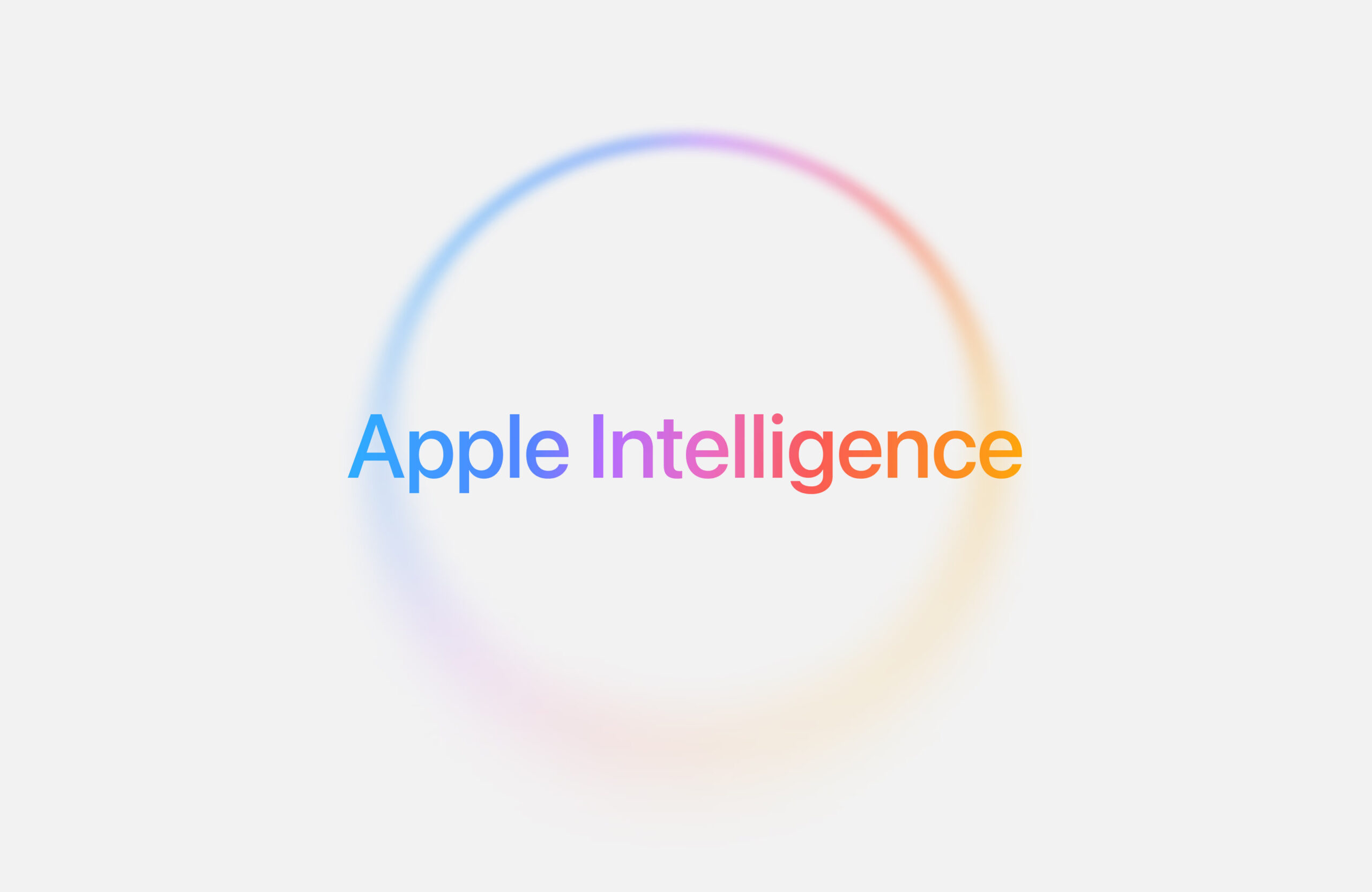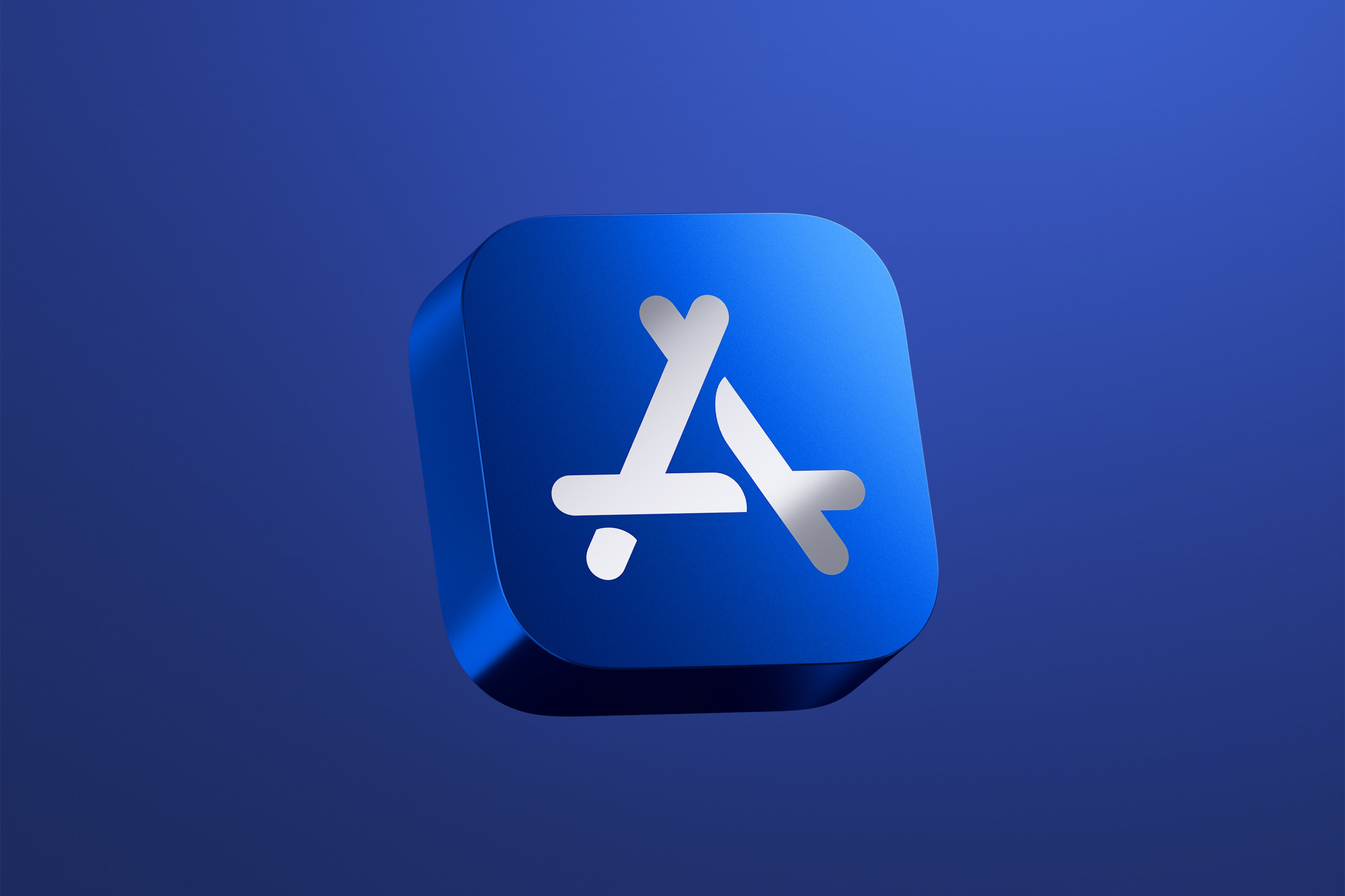Apple recently updated macOS 15.4, and in its second beta version released this month, they hid how much space Apple Intelligence uses on a Mac. This change happened in the System Settings, making it tough for users to see the details.
After some people thought Apple was trying to keep the storage size of Apple Intelligence a secret, the company quickly fixed it. With the fourth beta of macOS 15.4 out now, Apple brought back an easy way to check this info. You can find it by going to System Settings > General > Storage, then clicking the info button next to the macOS entry. A little window pops up showing the macOS version and how much space Apple Intelligence takes. This is the same setup as in the current macOS Sequoia 15.3.2.
Some think the missing storage info in the earlier beta was just a mistake. Users who turned off System Integrity Protection (SIP)—a security feature that stops unsafe code from running—could still see the details. SIP is usually on for most people and can only be switched off in Recovery Mode, something developers do more often. Since Apple brought the info back for everyone, it might’ve been an accident, but we’re not sure.
Apple says Apple Intelligence can use up to 7GB of space on a Mac, though some users notice it takes even more in macOS Sequoia 15.4. It needs this space to store special files that let it work on your device without always needing the internet. If you don’t want it using space, you can turn off Apple Intelligence.
Meanwhile, the iOS 18.3.2 update from last week has caused problems for some iCloud Mail users. People on Reddit and forums like MacRumors say new emails aren’t showing up on their iPhones automatically after the update. Even with the right settings, they have to refresh the Mail app manually to see new messages. One Reddit user shared, “Since updating to iOS 18.3.2, my iCloud emails don’t come through on their own. I have to refresh, even though it worked fine before on 18.3.1.”
Normally, iCloud Mail uses Push to send emails to your phone instantly. If that’s not working, it should switch to Fetch, checking for new mail every so often. But for some, neither option is doing the job. Other email services like Microsoft seem fine, so this glitch is just with iCloud Mail. Apple likely knows about it, and a fix should come soon.






